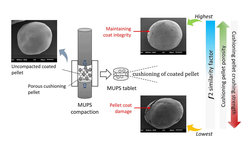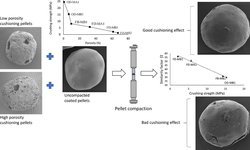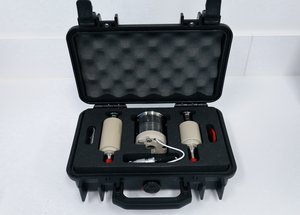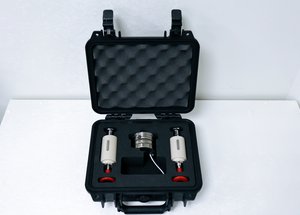Scientific papers
The potential harm to the drug diffusion coat barrier of controlled-release pellets due to compaction force during the preparation of multiple-unit pellet system tablets is a significant concern. Prior research has indicated that pellets situated at the axial and radial peripheries of the tablet are more prone to damage during compaction, primarily due to the substantial shear forces experienced in these regions. Therefore, this study was meticulously designed to evaluate the precise impact of the spatial position of pellets within the compact on the degree of coat damage caused by the compaction force, utilizing a single pellet in minitablet (SPIM) system. Microcrystalline cellulose (MCC) pellet cores were sequentially coated with a drug layer and a sustained-release layer, with chlorpheniramine maleate as the model drug. Using a compaction simulator, the coated pellets were individually compacted into 3 mm diameter SPIMs, with MCC serving as the filler. SPIMs containing pellets placed in seven different positions were prepared. The coated pellets, both uncompacted and compacted into SPIMs, underwent drug release testing. The dissolution results revealed that pellets located at the top-radial position were the most susceptible to coat damage caused by the compaction force. In contrast, pellets positioned within the minitablet at the middle and upper quadrant positions exhibited the least damage. The SPIM system effectively defined the extent of coat damage based on the pellet's spatial position in the compact. This study confirmed that coated pellets situated at the periphery were more prone to damage during compaction, with pellets at the top-radial position experiencing the greatest coat damage. However, if the pellet was completely encased by the cushioning filler, coat damage could be mitigated. Further investigations explored how the extent of coat damage affected drug release. Interestingly, small punctures were found to have the most detrimental impact on drug release, while coats with large surface cuts did not lead to complete failure. A damaged pellet coat exhibited some self-sealing ability, and failure was not total. Consequently, this study offers a deeper understanding of the implications of coat damage on drug release when sustained-release coated pellets are compromised.
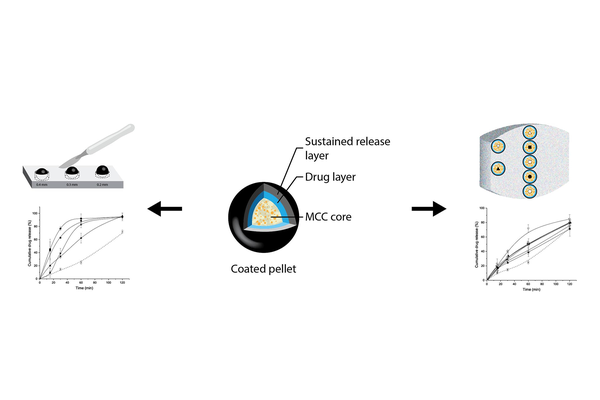
Comments
No comments posted yet.
Add a comment

